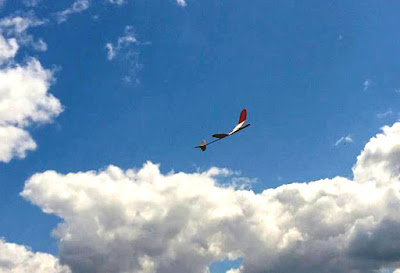Lake Zumbro is located about 12 miles from Rochester Minnesota, you pass over the Zumbro River and drive through the tiny town of Oronoco. Oronoco’s claim to fame is that a small amount of gold was actually found there in 1857 but mining equipment there was washed away in two floods and there really wasn’t enough gold there to try again. The road to Fishermen’s Inn where there is a private boat landing and a restaurant has changed. The famous White Bridge which was in this area is missing after a car struck the bridge in 1972 doing considerable damage to the bridge. There is a public access shore fishing area there which is really nice. In the short time I was there I witnessed a white bass being caught.
In reading about the fishing on Lake Zumbro I thought it interesting that musky had been planted in the lake and some of them were tagged and most of those were found to be below the Power Dam which is the dam that created the 5 mile long lake. The Power Dam still is producing some electrical power. Ahead of the dam is the deepest area of the lake at 42 feet but many areas of the lake are much shallower because of the sediment filling it in. There is a restoration project in the works which will most likely require dredging in the lake.
In the short time I was there I observed watercraft of all types and sizes. From kayaks and jet skis to large pontoon boats and fast good size V-hulled boats. When I was young my family had a pontoon boat that was docked at the lake. My father had used wing tip tanks from jet aircraft for the pontoons. He wanted to make sure it couldn’t sink so put Styrofoam inside of the tanks and fiberglass under the bottom for reinforcement.
It was fun to revisit the past and check out what is new.
Bill Kuhl
Related Links














































